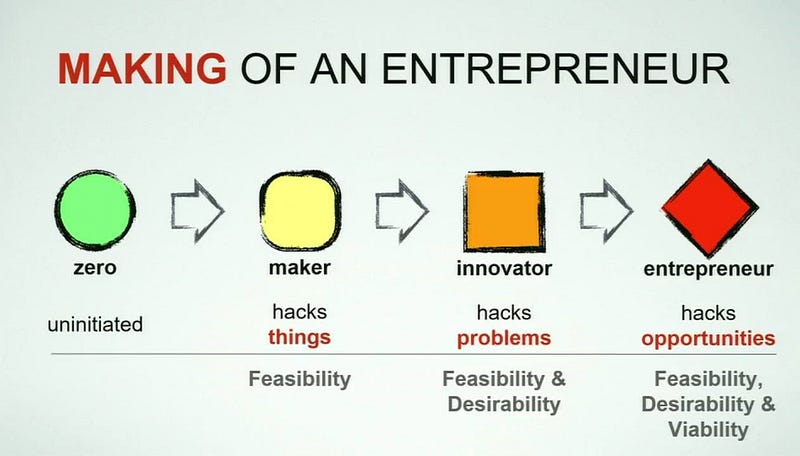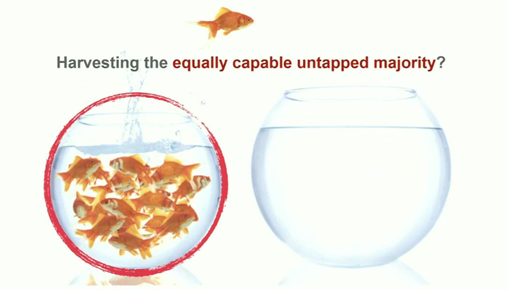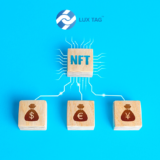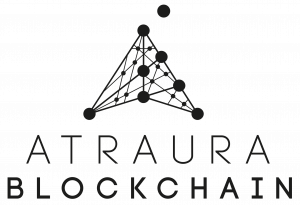Innovation and Entrepreneurship for Youth and Community Development: Prof. Rajesh Nair Panelist at United Nations

First appeared on Medium, by Maria
“Can you create innovators and entrepreneurs from ordinary people and communities? I absolutely believe so.” This is how Prof. Rajesh Nair, LuxTag Advisor and Professor at Asia School of Business, opened his speech at 73rd United Nations General Assembly, stating that there’s so much talent out there that we are not really tapping.
We don’t have to trust what he believes just because he does, we have proof and this article will show it.
As any good researcher, Prof. Rajesh carried out different experiments that would prove or reject his hypothesis, that there are ways to increase the number of entrepreneurs in the communities and that this fact would have a remarkable impact on society.
According to him, many countries are trying to create more entrepreneurs in their community but there’s a top-down approach that has been incorrectly taken and is not very effective. Most programs in the world to create entrepreneurs target aspiring entrepreneurs and build them up through incubators, accelerators, etc.

Prof. Rajesh on the contrary, believes that there is bigger value in the larger population and that the only challenge is to make common people aspire to be entrepreneurs so that the rest of the world can train them and be more productive.
But what is stopping an average person from starting a company or even thinking about it? And what would trigger this man or this woman to take action?
The three major factors that Prof. Rajesh identified as critical in entrepreneurial development are: self-efficacy, ecosystem, and early initiation.
1. Self-efficacy is the internal factor, and it includes the confidence taken from unknown challenges that is built through doing, failing, learning, and repeating.
2. Ecosystem is the external factor that is determined by society and culture to which a person is exposed.
3. Early initiation is the interventional factor, and it is the biggest value that we’re leaving behind. Getting involved at a young age and slowly change life projects a few degrees would in fact give huge results with ageing.
So what Prof. Rajesh asked himself is:
How early can we get involved in these kids’ lives and stimulate them?
“When we were kids we used to imagine things and create things, but only few adults can say to have created something in the last year” said Prof. Rajesh. But it doesn’t have to be this way.
Prof. Rajesh created this program “Making Makers” with a 48 hours duration where 17 years old are taught how to ideate and design mechanical parts, put together electronics, learn to do coding, to make a product, or simply a presentation. The guys create very silly things: of course none of them solves world’s problems but that is not the goal there.
You’re taking kids who would have never thought they could do all this and putting them on a place where they suddenly realize that they could.
Prof. Rajesh did similar workshops with sixth graders in Vietnam: the kids didn’t have any engineering degree and still built all their creations with 3D printers, lasers, programming and such. What the Professor noticed, is that the largest impact is in girls: most of them are told that they cannot do certain things, and the moment they realize that they can do just as anyone else, completely changes the way they think about what they could do.
Do we really need a lot of expensive tools to build something?
No, as Prof. Rajesh explained, it is totally possible to create stimuli with what surrounds you, as he proved when he went to Jakarta recently and built music instruments using trash.
The next stage after “making makers” is making innovators.
An innovator is someone who identifies a problem and solves it, and to trigger this kind of mentality, it is essential to teach design thinking as a primary tool to define need and idea solution.
The last stage is launching entrepreneurs –The knowledge of a problem that is seen as an opportunity, and that can be monetized.
This process described my Prof. Rajesh takes uninitiated individuals to makers that can hack things and make things that are feasible, to an innovator who can hack problems, and finally to entrepreneurs that can hack opportunities and make things viable.
Results:
Prof. Rajesh experiment carried out in 2013, resulted in the creation of 10 startups within the college, while only one startup was created in the previous 12 years. What happened was that the people who attended the workshops in the school involved their friends and started a community within their college. That’s how an ecosystem is created, an environment where entrepreneurship is promoted within the group.
These events can create a sustainable change in the individual and the community, but how does it all come up to Sustainable Development Goals? This kind of approach starts to impact few people, seeing results on people’s own abilities, and then expands on the surroundings, because these new entrepreneurs have been trained to be critical thinkers and problem solvers.
What to do, then?
Target the Untapped majority
Target them early
Bring the from zero to entrepreneur
Provide low cost makerspaces
Enable them to solve Sustainable Development Goals









